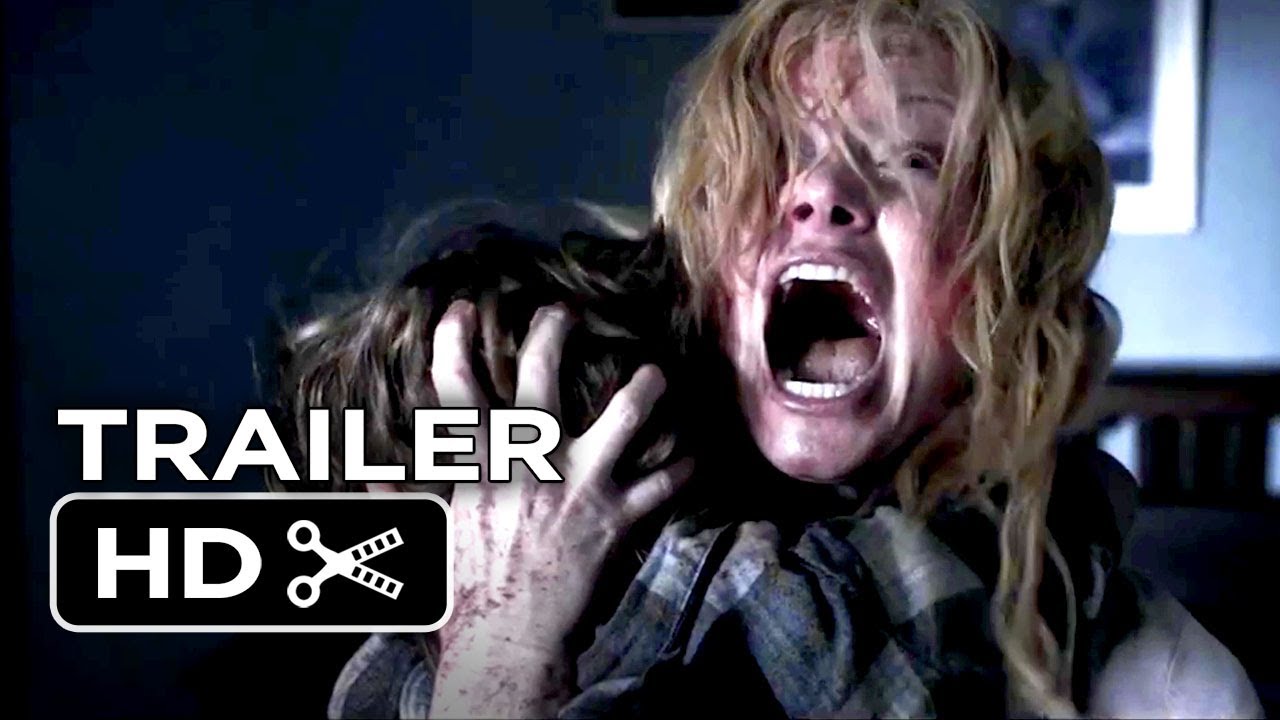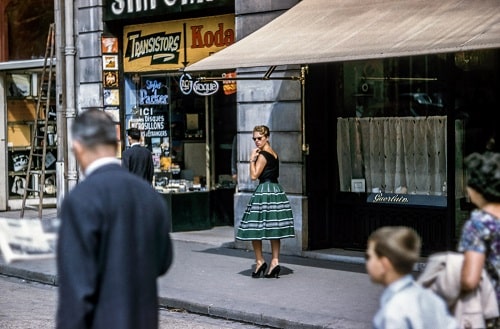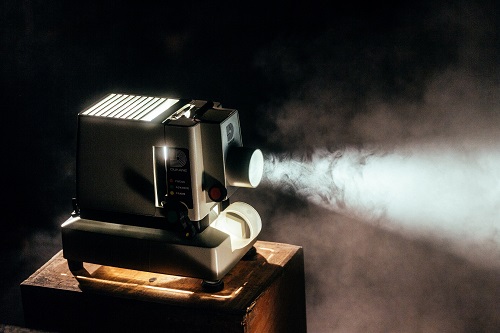Horror films have long captivated audiences with their chilling plots and heart-stopping moments, but there’s a thrilling twist to the genre that’s gaining attention: horror films directed by women. These directors bring unique perspectives and depths to their storytelling, turning classic frights into something deeply personal and utterly enthralling.
From eerie haunted houses to relentless supernatural foes, these films do more than just scare; they explore complex themes like identity, societal roles, and human resilience. This exploration not only diversifies the genre but also highlights the often-overlooked prowess of women behind the camera in a traditionally male-dominated field.
As we delve into some of the top horror films directed by women, prepare to be both terrified and inspired. These directors have not only mastered the art of suspense but have also woven rich narratives that ensure their films linger long after the credits roll.
Jennifer’s Body (2009)
Overview and Directorial Insights
“Jennifer’s Body,” directed by Karyn Kusama and written by Diablo Cody, stands out as a cult classic that blends horror with dark comedy to explore themes of friendship, betrayal, and revenge. Set in a small town, the movie follows Jennifer Check, played by Megan Fox, who after being possessed by a demonic spirit, starts preying on her male classmates. Her best friend Needy, portrayed by Amanda Seyfried, struggles to stop Jennifer’s killing spree.
Kusama’s direction brings a fresh and poignant look at horror through a feminist lens, emphasizing the complexities of teenage relationships and societal expectations on young women. The dialogues are sharp, infused with Cody’s signature witty and sharp writing style, making it resonate well with both horror enthusiasts and critics.
Performance and Reception
Upon its release, “Jennifer’s Body” received mixed reviews but has since gained a significant following for its clever narrative and strong performances, particularly from Megan Fox whose portrayal of Jennifer broke away from her previous stereotyped roles. The film challenges typical gender roles and provides a platform for discussing deeper issues under the guise of horror and humor.
Impact on Horror Genre
“Jennifer’s Body” contributes significantly to the horror genre by introducing a multifaceted female character who is both the protagonist and antagonist, a rarity in horror films which often depict women as mere victims or side characters. This film invites audiences to reflect on the impact of societal pressures and the monstrous forms it can take, encapsulating the broader themes previously discussed in the article about women’s unique perspectives in horror filmmaking.
This deep dive into the narrative and character development in “Jennifer’s Body” showcases how female directors are not only changing how horror stories are told but also who gets to tell them.
The Babadook (2014)
“The Babadook” emerged in 2014 as a significant entry in the horror genre, directed by the talented Jennifer Kent. This Australian film stands apart for its deep psychological elements and its exploration of motherhood under distressing circumstances. Kent crafts a haunting narrative around Amelia, a widowed mother, who contends with her son’s fears of a monster lurking in the house, only to discover the chilling presence of the Babadook.
Jennifer Kent uses a minimalistic approach to maximize fear, employing shadowy imagery and sound design that intensifies the sense of isolation and dread. The film avoids reliance on typical horror tropes, opting instead for a rich storyline that examines grief and mental health. Amelia, portrayed compellingly by Essie Davis, navigates her mourning and complex relationship with her son, bringing an emotional depth rarely witnessed in horror films.
Technical aspects of “The Babadook” also stand out, notably its art direction and cinematic techniques. The Babadook creature, a metaphor for personal demons, is not often fully shown, which keeps viewers on the edge of their seats, filling in the horrors with their imagination. This subtle storytelling choice underscores Kent’s mastery in building tension without explicit visuals.
In comparison to other horror films by female directors, “The Babadook” delves into internal horrors more than external threats, making it a nuanced study of the psyche. Unlike “Jennifer’s Body,” which incorporates dark comedy and supernatural elements overtly, “The Babadook” maintains a grip on the grim reality of its characters’ emotional and mental battles.
Raw (2016)
Building on the innovative and impactful contributions of women to the horror genre, “Raw” (2016) directed by Julia Ducournau, stands out as a visceral and bold exploration of primal urges and transformation. This French-Belgian horror film follows the journey of Justine, a young vegetarian who develops a craving for flesh after enduring a hazing ritual at veterinary school. Ducournau’s direction dives deeply into the themes of bodily autonomy, identity, and the brutal passage from innocence to adult awareness.
“Raw” is marked by its intense visual storytelling and the unsettling use of body horror, which is not merely for shock value but to enhance the narrative’s exploration of personal transformation and societal taboos. The film’s lead, Garance Marillier, delivers a compelling performance that perfectly captures Justine’s metamorphosis from a shy, naive girl into someone far more complex and disturbing.
Unlike “The Babadook,” which focuses on psychological horror, “Raw” intertwines physical and psychological elements to disturb and provoke thought. It challenges the viewers’ comfort levels while presenting a coming-of-age story in a most unconventional wrapper. The cinematography and sound design complement the story’s intensity, using stark, clinical visuals of the veterinary school juxtaposed against darker, more chaotic scenes as Justine’s cravings intensify.
“Raw” thus continues the tradition of films directed by women in the genre that not only push boundaries but also incorporate deep, often unspoken human experiences. Ducournau’s fearless narrative and aesthetic choices offer a fresh perspective on horror, making “Raw” a significant film that resonates with a broad audience, long after the credits roll.
Titane (2021)
Titane, directed by Julia Ducournau, who also helmed the aforementioned “Raw,” continues her exploration of horror with a film that blends elements of body horror, psychological thrill, and outright bizarre narratives. Released in 2021, Titane won the prestigious Palme d’Or at the Cannes Film Festival, heralding Ducournau as a visionary in modern horror cinema.
The film follows Alexia, a woman with a titanium plate in her head due to a childhood car accident, who embarks on a gruesome and chaotic journey that challenges the very perceptions of identity and transformation. Ducournau uses a bold palette of body horror and metallic eroticism to explore themes of human desire and the complexities of bodily autonomy.
Titane’s narrative structure diverges sharply from traditional storytelling. Instead of a linear progression, the film presents a series of disturbing yet compelling vignettes that delve into the protagonist’s twisted relationships and her unsettling evolution. The director’s choice to intertwine violence with tender moments crafts a film that is as emotionally disjointed as it is visually arresting.
In performance, Agathe Rousselle, who plays Alexia, delivers a stark, breakthrough performance that captivates audiences, portraying a range of intense emotional turmoil and physical transformation with a disturbing level of conviction. The cinematography complements her performance by framing her journey in a raw, unflinching manner that’s typical of Ducournau’s style.
While Titane may not cater to all tastes with its extreme approach and graphic content, it stands out for its originality and daring. It pushes the boundaries of the horror genre, much like Ducournau’s earlier work, but with an even more unapologetic grip on the audience’s senses.
In comparison to earlier films like “The Babadook” which taps into psychological fears, or “Raw,” which combines physical and psychological horror, Titane ventures further into the avant-garde, challenging the spectator’s thresholds and expectations. Its unique blend of horror, emotion, and the grotesque ensures it a distinct spot in the landscape of horror films directed by women, innovating in ways that provoke both awe and discomfort.
Saint Maud (2019)
“Saint Maud,” directed by Rose Glass in her startling debut, continues the theme of intricate storytelling crafted by women in the horror genre. Released in 2019, this British psychological horror film examines themes of faith, loneliness, and salvation through its introspective narrative centered around a pious nurse, Maud.
Maud, portrayed with a deep sense of complexity by Morfydd Clark, serves as a palliative care nurse who becomes obsessively convinced she must save the soul of her dying patient, Amanda, a former dancer with a hedonistic lifestyle. Glass’s direction skillfully blends psychological elements with supernatural undertones, creating a tense atmosphere that delves into the human psyche and the extremities of religious devotion.
The film’s design and cinematography contribute effectively to the chilling experience, with stark contrasts between the dim, closed spaces of Maud’s apartment and the more vibrant, albeit eerie, scenes involving Amanda. This visual style complements the narrative’s slow build-up, leading to a climax that is both shocking and thought-provoking.
In terms of performance, Morfydd Clark delivers an exceptional lead, bringing a haunting and sometimes eerie portrayal of Maud, whose descent into fanaticism becomes the central spectacle of the film. The stark portrayal of isolation and madness offers a rich ground for analyzing the impact of extreme faith mixed with personal trauma.
While “Saint Maud” may not rely on conventional jump scares, its psychological impact and the existential dread it evokes make it a standout. Similar to “The Babadook,” this film uses its horror elements to explore deeper human conditions, setting it apart from more traditional entries in the genre.
This introspective approach ensures that “Saint Maud” remains a significant contribution to the growing list of horror films by women that not only entertain but also challenge and provoke deep reflection on complex, often dark themes.
Final Thoughts on Horror Movies by Women
The films discussed showcase not just the terror and suspense that fans adore but also the profound narratives and complex characters that these women directors masterfully bring to life. They’ve transformed the horror landscape by introducing fresh perspectives and deeper meanings often overlooked in mainstream cinema. Each director’s unique approach—from Kusama’s feminist themes in “Jennifer’s Body” to Ducournau’s raw portrayal of transformation in both “Raw” and “Titane”—highlights the versatility and depth women bring to this genre. As audiences, we’re not just scared; we’re moved and provoked to think beyond the screen. These films are a testament to the power of female vision in cinema and their ability to craft stories that resonate with a wide array of emotions and reflections. The rise of women in horror is an exciting trend that promises even more innovative and captivating films in the future.



 RELATED POSTS
RELATED POSTS





0 Comments